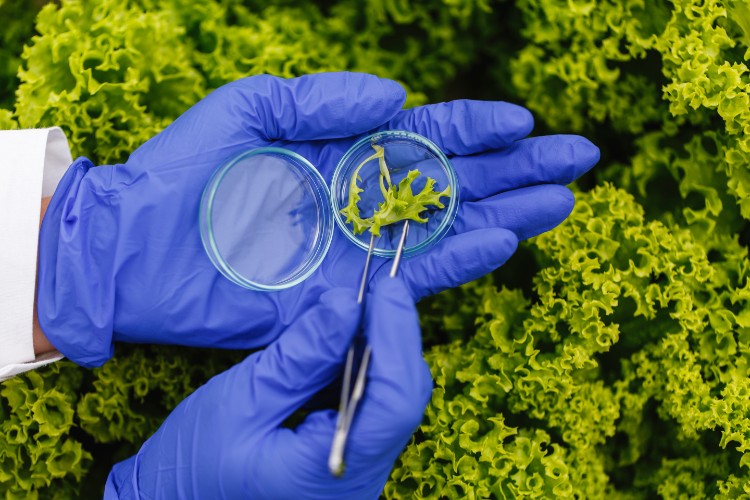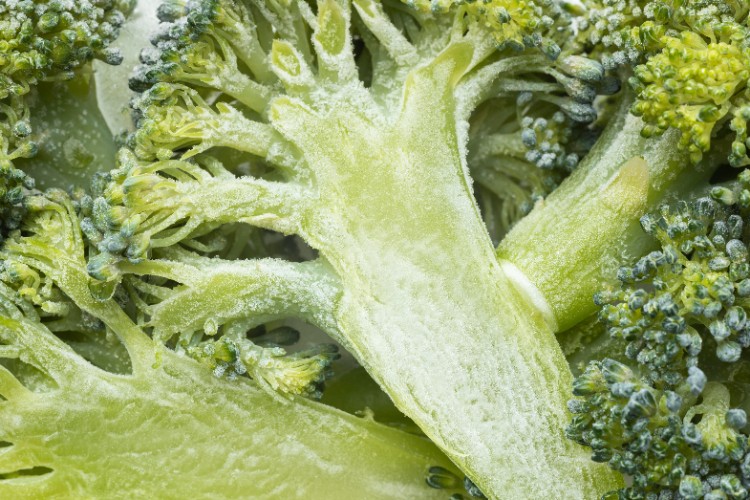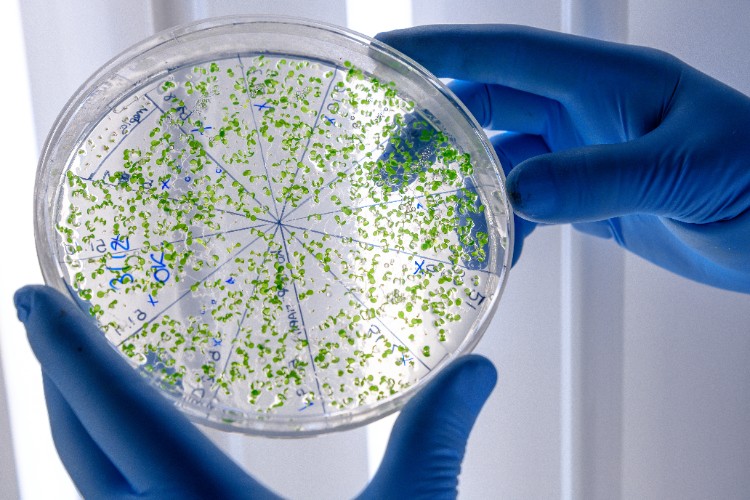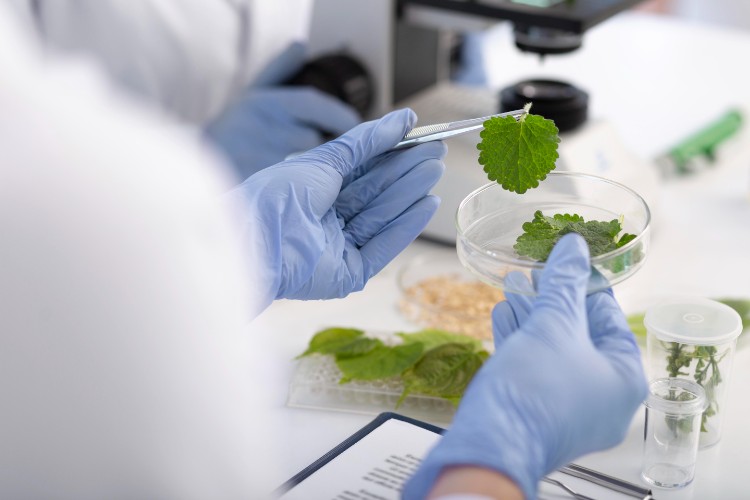How We Fight Germs in Food Plants?

Introduction: Where Clean Meets Crisis
We’re Shandong Shine. We manufacture the Shine HOCl Generator, but more importantly, we’re obsessed with cleaning the right way.
Disinfection in the Food Industry isn’t about wiping counters. It’s about guarding every bite of food from unseen invaders. Because in this business, one missed spot can turn into a full-blown outbreak.
If you’ve ever cleaned a sticky floor under a leaky conveyor, you’ll get what we mean. If not—buckle up. This is how we protect food with science, sweat, and a little common sense.
What’s Really Hiding in Food Facilities?
Germs That Love Process Equipment
Your food plant might sparkle, but E. coli and Listeria couldn’t care less. They burrow into seams, hinges, and any surface with moisture. That includes drains, slicers, and even belts.
Stainless steel slows them down but doesn’t stop them. We’ve seen mold sneak into brand-new tanks. It only takes a few nutrients and a few hours.
Spoiled Food = Spoiled Reputation
One contaminated food product can destroy months of work. Public trust drops. Audits tighten. Distributors question your processes. And worst of all—people get sick.
That’s why we make sanitation part of the product, not just part of the process.

Disinfection Is a Daily Battle Plan
Our Core Cleaning and Sanitation Procedure
Our daily cleaning and disinfection process follows strict checkpoints:
· Dry pick-up: Remove large debris
· Pre-rinse: Flush equipment with warm water
· Foam wash: Apply foaming detergent for max surface coverage
· Manual scrub: Focus on hidden areas
· Post-rinse: Remove all chemical traces
· Sanitize: Apply HOCl using a fogger or sprayer
· Inspect and verify: Swab and test before releasing
Each team signs off their area. Miss a spot? They redo it.
Why We Sanitize Food Contact Surfaces Twice
Food touches hundreds of surfaces before packaging. Knives. Gloves. Conveyor belts. Bagging chutes.
We sanitize every one of them twice—once mid-shift, once post-production. Why? Because bacteria doesn’t take lunch breaks.
Our Secret Weapon: Hypochlorous Acid
What Makes HOCl So Powerful
Hypochlorous acid (HOCl) is what your white blood cells use to kill invaders. It’s tough on germs but soft on people.
Our HOCl Generator transforms saltwater using electrolysis. The result? A solution that kills bacteria in seconds but breaks down into simple salt and water.
We’ve used it in:
· Cold storage rooms
· Open slicing lines
· Washdowns for fruits and vegetables
· Rinse tunnels for utensils
· Air sanitation using misters
It Beats Chlorine Dioxide and Hydrogen Peroxide
Old methods work, but they sting.
· Hydrogen peroxide can bleach your floor and burn your skin
· Chlorine dioxide works, but smells awful and degrades quickly
HOCl feels like an upgrade.
· No harmful fumes
· Works at a neutral pH
· Compatible with nearly any stainless steel tool
· Doesn’t leave behind toxic residues
Our staff actually prefers using it. That alone tells you something.

Time: The Silent Factor in Sanitation
The Power of Contact Time
Spray-and-wipe methods fail without proper contact time. You need to let the sanitizer sit for at least 30 seconds (we recommend 60 for high-risk zones).
That’s why we time every step and use test strips to verify strength. Our HOCl stays within the perfect range:
· pH: 5.5 to 6.5
· ORP (oxidation-reduction potential): 750+ mV
· Free chlorine: 50 to 200 ppm
The result? Maximum kill rate. Minimal corrosion.
Regulations: Not Just Red Tape
The Big Three: FDA, EPA, USDA
We follow guidelines from:
· Food and Drug Administration (FDA) for hygiene
· Environmental Protection Agency (EPA) for approved chemicals
· Department of Agricultural authorities for food safety
That means documented cleaning process logs, updated chemical SDS sheets, and strict personal hygiene rules.
No beard nets? Shut down. Contaminated rinse water? Immediate hold. We stay compliant by over-preparing.
Why We Embrace GMPs
Good Manufacturing Practices make your life easier. They tell your crew what to clean, when to clean, and how to clean. We post laminated guides in every zone.
Even new staff get trained within hours. No guesswork. No excuses.
Dirty Secrets We’ve Learned the Hard Way
Hidden Zones We Almost Missed
Corners under stairs. Behind compressors. Inside hollow rollers. Bacteria love these spots. We missed them once. Then failed an audit.
Now we fog them weekly with HOCl. If it sprays—we sanitize it.
Cross Contamination Happens Fast
We used to share gloves between zones. Harmless? Nope. One glove touched raw chicken, then packaged veggies. Pathogens spread across four pallets.
Now? Different gloves. Different tools. Color-coded. Trained. Tracked.

Don’t Forget the Water
Water is both a hero and a hazard. We use potable drinking water for all rinses, but even that gets tested. Chlorine levels. TDS. Bacteria count.
One time, a faulty hose drew in backflow. That day? No cleaning. Just replacing filters, flushing lines, and retraining staff.
Lesson? Water deserves as much respect as chemicals.
Tools That Made a Huge Difference
Here’s our all-star lineup:
· HOCl Generator: Fast, safe, powerful
· Foam cannons: Better coverage than spray bottles
· Foggers: Reach high and hidden areas
· ATP meters: Instant contamination readout
· Color-coded brushes: Separate tools by zone
· Stainless steel tanks: Easier to sanitize and maintain
We don’t use fancy tools for the sake of it. We use what works.
HOCl in Action—Real Stories
Rinsing Leafy Greens Without Damage
A client used to rinse their spinach with chlorine. The leaves browned. Customers complained.
We installed an HOCl system. Same sanitation power. No color loss. No odor. Sales rebounded.
Emergency Response for Mold Outbreak
One plant had recurring mold in its spiral freezer. Bleach didn’t fix it. HOCl fogging did.
We shut it down for 12 hours, fogged every corner, then swabbed for spores. Clean. Since then, it’s stayed that way.
What We Tell Every New Facility
Start strong. Don’t wait for your first outbreak. Use these basics:
· Plan for cleaning and disinfection before installing equipment
· Train your crew like they’re preparing for surgery
· Use only EPA-registered sanitizers
· Set up HOCl systems early
· Audit yourself weekly
· Track swabs, ORP, pH, and chemical use
You can’t fight bacteria once it’s spread. You have to stop it before it starts.
Final Thoughts: It’s More Than Clean—It’s Care
We’ve cleaned tanks at midnight. We’ve chased flies with UV lamps. We’ve dumped thousands in product just to stay safe.
Why? Because people eat what we touch.
This isn’t just work. It’s our mission. We protect every piece of food like our family’s eating it. Because sometimes—they are.
